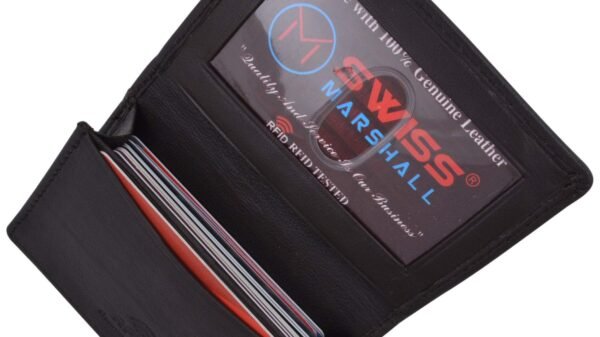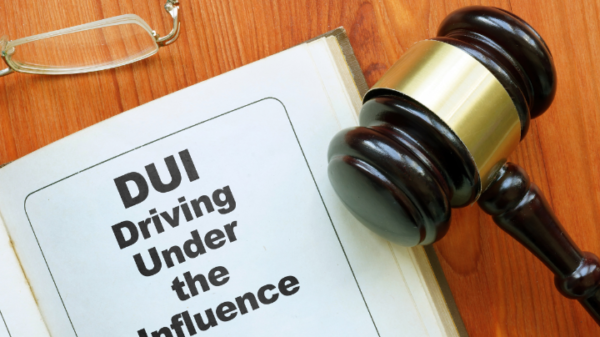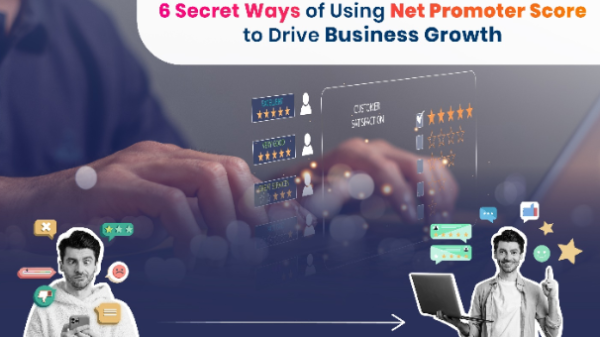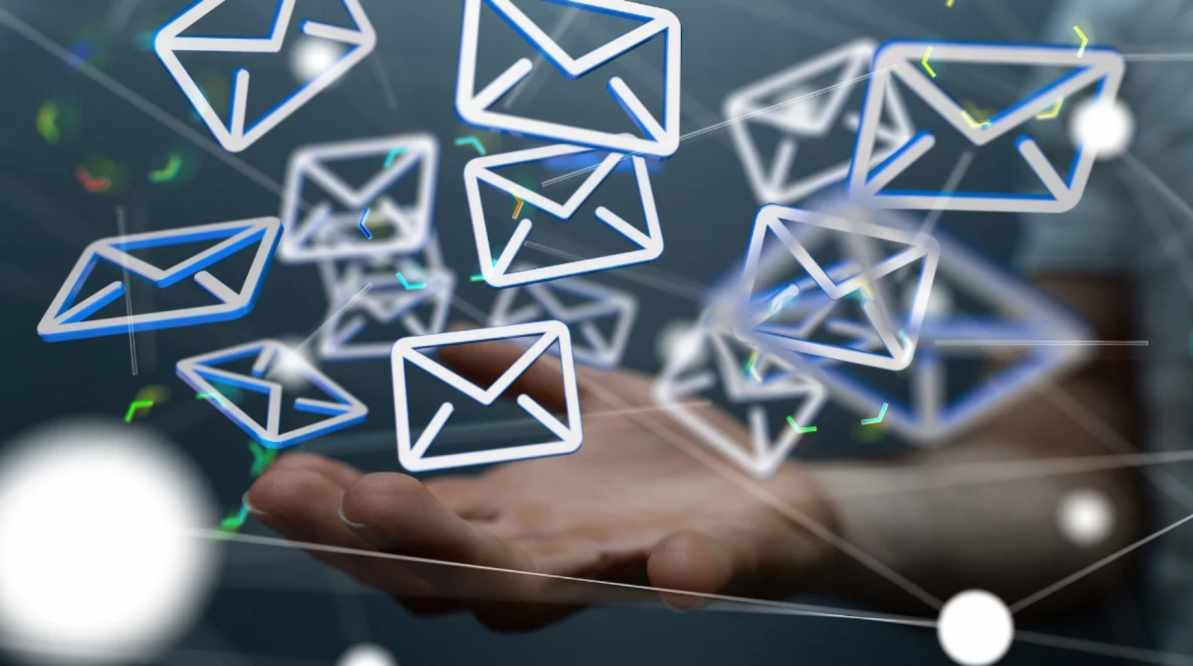You’re probably familiar with the saying, “the money is on the list.” But what if you don’t have a big enough list?
It’s no secret that email marketing is one of the most effective ways to reach your target audience. But without the right tools and techniques, your efforts might not be as successful as you’d like them to be.
Keep reading because, in this email marketing tips guide, we’ll show you how to use email segmentation strategies to improve your results.
By dividing your list into smaller groups based on demographics or interests, you can create more relevant and targeted content that will resonate with your subscribers.
Use Demographic Data
One of the most effective ways to segment your email list is by using email demographics. This includes information like age, gender, location, and job title.
This data can help you create more targeted messages that resonate with your subscribers, and gives you a great return on your marketing efforts.
Use Behavioral Data
Another effective way to segment your email list is by using behavioral data. This includes data about what subscribers have done in the past, such as which emails they’ve opened and clicked on, and which pages they’ve visited on your website.
Group Subscribers Into Cohorts
A cohort is a group of people who share a common characteristic, such as age, gender, location, or job title. You can use this information to group your subscribers into cohorts and send them more targeted messages.
This approach is particularly useful for re-engaging subscribers who have lapsed or who are inactive.
Use Customer Segmentation
Customer segmentation is the process of dividing your customer base into groups based on their characteristics, such as age, gender, location, and job title.
By using customer segmentation, you can create targeted marketing campaigns that speak to the needs of each group.
Email Engagement
Email engagement is a measure of how often subscribers interact with your emails, such as opening, clicking, and forwarding. By segmenting your list based on email engagement, you can send more targeted messages to those who are most engaged.
Purchase History
Purchase history is another effective way to segment your email list. This data can help you create targeted messages that are relevant to the products or services that your subscribers have purchased in the past.
Use Lead Scoring
Lead scoring is a system that assigns a numerical value to each lead based on their interactions with your company.
This data can be used to segment your email list and send more targeted messages to those who are most likely to convert into customers.
Opt-In Status
You can also segment your email list based on opt-in status. This includes data about who has subscribed to your email list and who has not.
By using opt-in status as a segmentation criterion, you can send more targeted messages to those who have subscribed to your list.
With all of this segmentation information, you can create powerful event email marketing campaigns to increase your business profits.
Ready to Start Using These Email Segmentation Strategies?
Email segmentation is a process that allows you to divide your email list into groups based on certain characteristics. Doing this allows you to send more targeted messages, which can result in higher open and conversion rates.
In this blog post, we’ve outlined some of the latest email segmentation strategies that you should be using today. We’ve also provided some tips for getting started with each strategy.
Be sure to check out our blog for more great tips on marketing your business online.
Also read:
Tutflix: An Online Learning Platform For Downloading Premium Courses For FREE (Complete Review)




























































